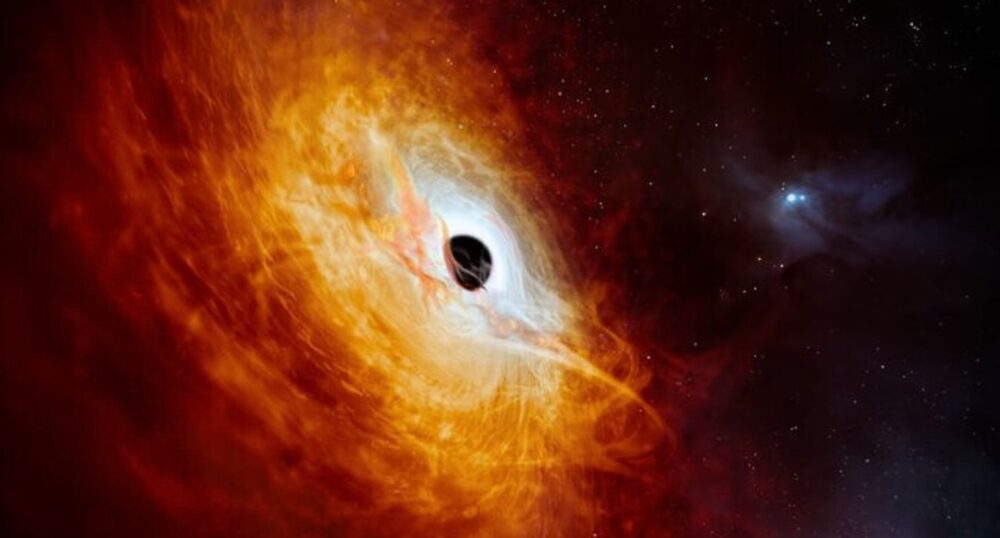Scientists have discovered what may be the brightest object in the observable universe.
Astronomers have discovered a new record-breaking quasar billions of light years away from the Earth. This object is the brightest ever discovered of its kind and the brightest single object discovered to date.
Quasars are active galactic nuclei typically powered by feeding supermassive black holes lurking at the centers of galaxies and are some of the brightest known objects in the universe. Despite these events taking place millions of light years away from Earth, their energy is often bright enough to outshine their home galaxies, resulting in some being visible from Earth, according to the European Space Agency.
Astronomers published their discovery of one such quasar, 12 billion light years away, powered by a feeding supermassive black hole comprising 17-billion solar masses using the European Southern Observatory’s (ESO) Very Large Telescope (VLT) on February 19. In addition to being the brightest quasar ever discovered, Christian Wolf, lead author of the study, characterized the black hole as the fastest growing ever discovered, consuming the entire mass of a sun every day, according to a press release.
“All this light comes from a hot accretion disc that measures seven light-years in diameter — this must be the largest accretion disc in the Universe,” said Samuel Lai, co-author of the study, in the release.
Christopher Onken, another study co-author, notes that the quasar had been seen in images as far back as 1980 from the ESO Schmidt Southern Sky Survey. However, it has only recently been recognized as a quasar.
“It is a surprise that it has remained unknown until today, when we already know about a million less impressive quasars. It has literally been staring us in the face until now,” said Onken in the release.
Scientists plan to continue studying the object using the VLT Interferometer GRAVITY+ upgrade, which will be used to measure the mass of distant black holes.

